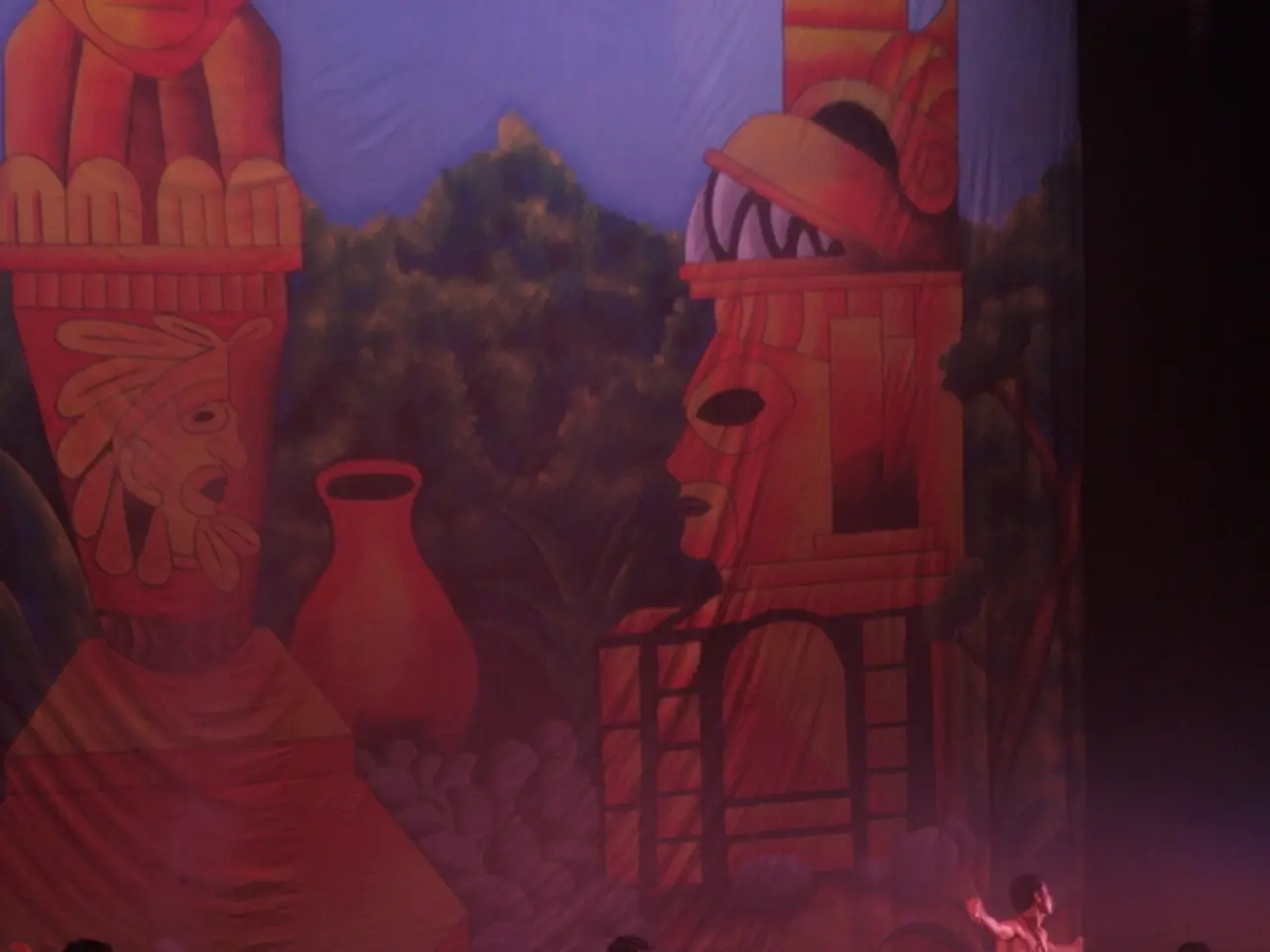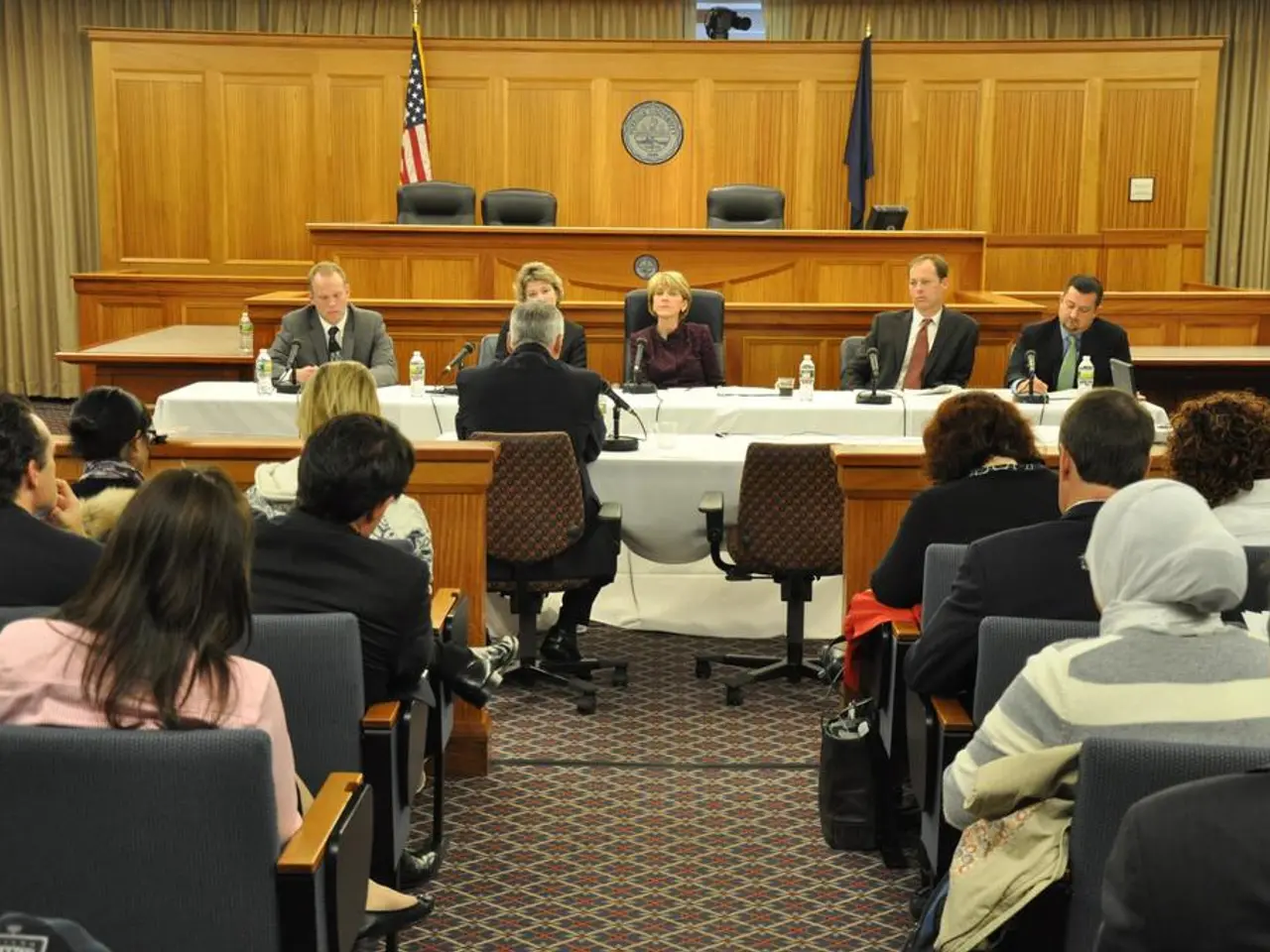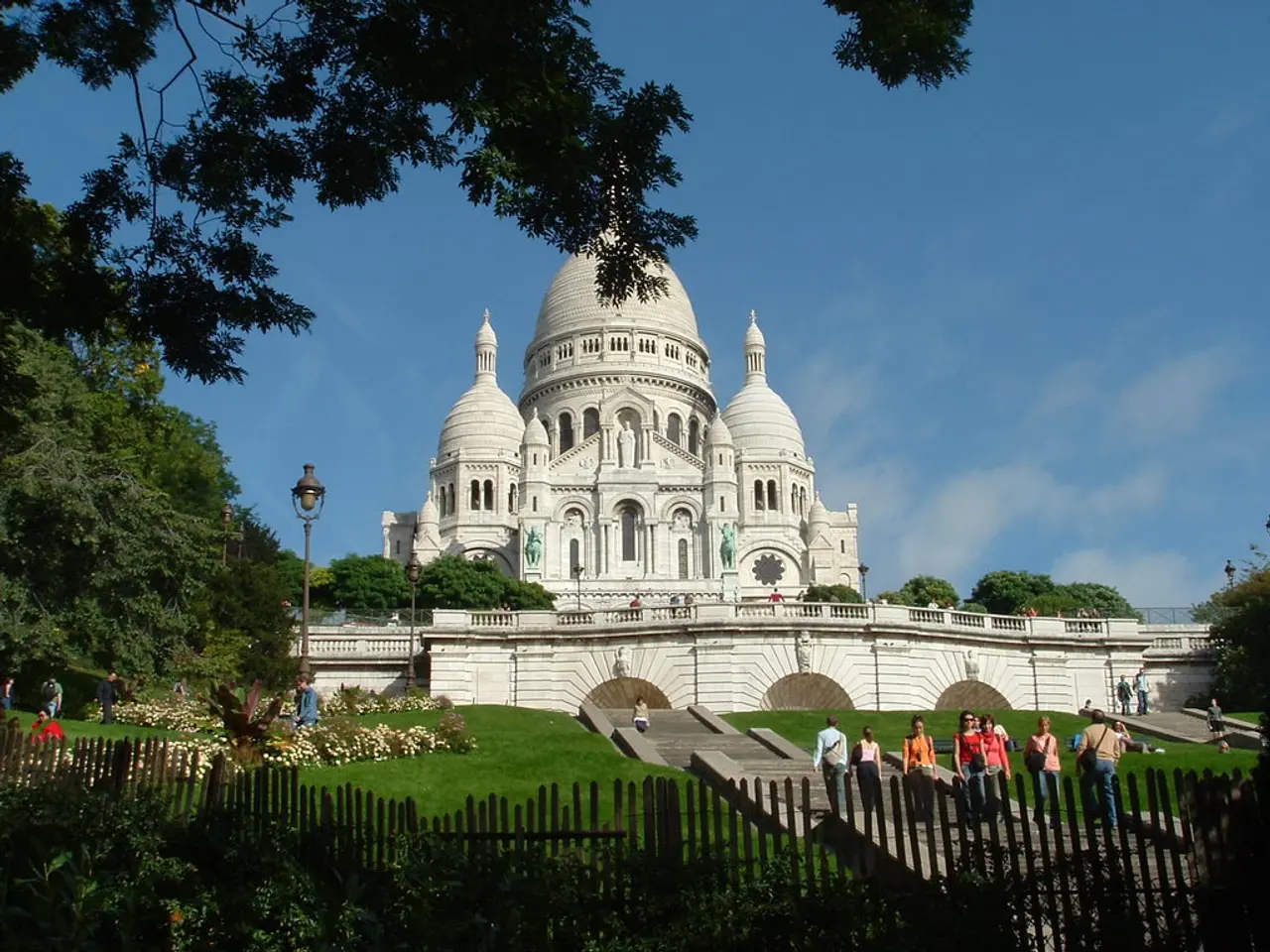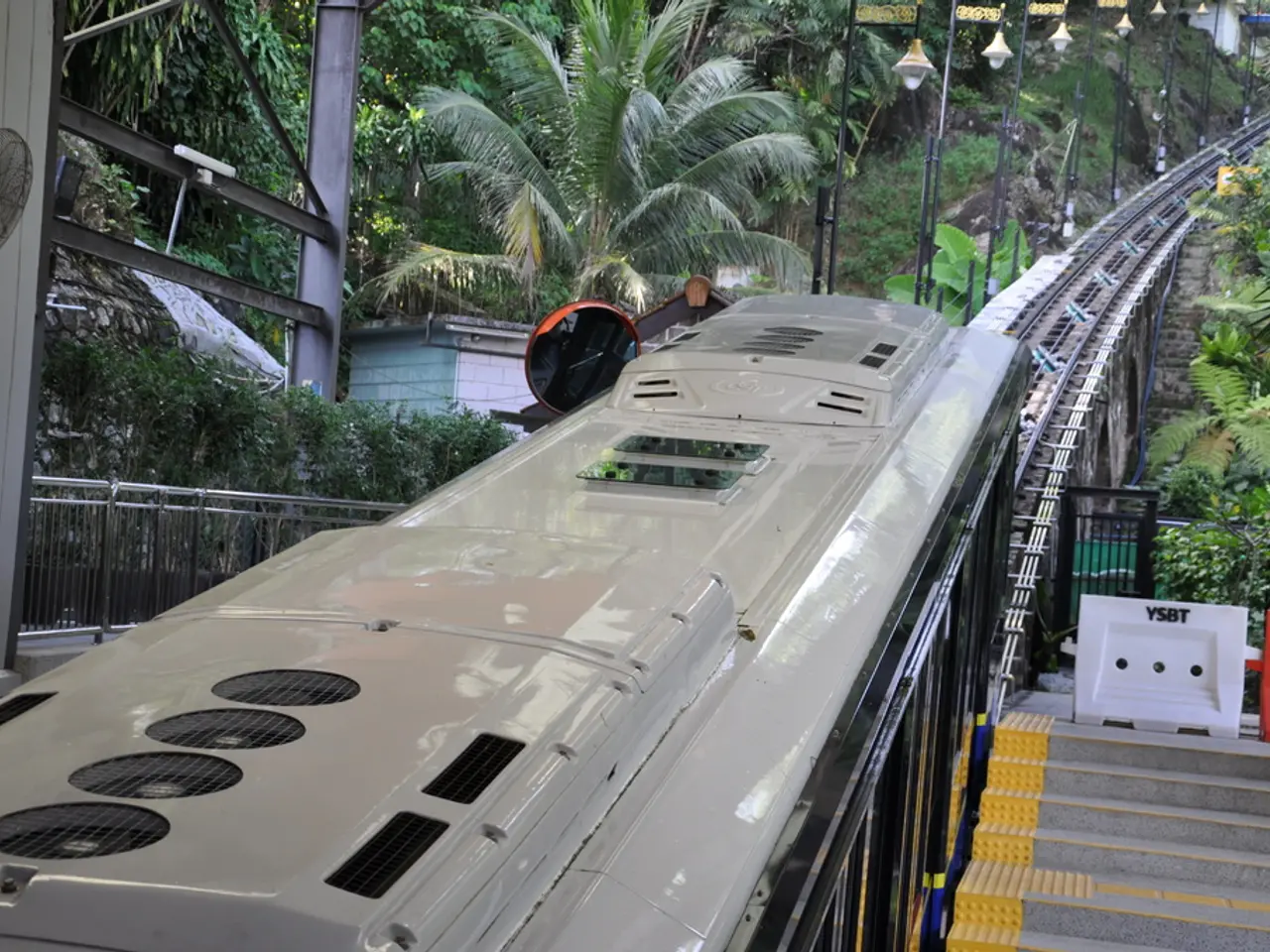Gathering at The Greenbrier: Event Held at the Known Resort
In the realm of intrigue and speculation, two locations have become the focus of numerous conspiracy theories: The Greenbrier resort in West Virginia and Denver International Airport (DIA) in Colorado. Both sites are theorized to be secret survival sanctuaries for political elites in the event of a catastrophic disaster.
The Greenbrier Bunker, a well-documented Cold War-era underground facility, was built secretly beneath The Greenbrier resort to serve as an emergency shelter for members of the U.S. Congress in case of a nuclear attack. The facility was maintained for decades but was decommissioned and revealed to the public in the 1990s. Since then, it has become a focal point for conspiracy theories about elite survival bunkers and government secrecy.
Denver International Airport (DIA), on the other hand, has been a subject of numerous conspiracy theories largely due to its unusual artwork, massive size, and some secretive construction details. Some theories claim it includes underground bunkers designed as a survival shelter for government officials or the global elite in an apocalyptic scenario. Although these claims are speculative and lack official confirmation, they are popular in conspiracy circles.
The shared themes in these conspiracy theories revolve around the idea that both locations are thought to be hidden fortresses designed to protect political elites. The Greenbrier's real-life historical example as a bunker lends credibility to the idea that DIA could have a similar facility. Theories suggest these bunkers are part of a broader "deep state" plan or government contingency to ensure continuity of leadership during crises. DIA's art and construction anomalies fuel speculation that it is more than an airport, potentially a "Hub" for a post-catastrophe underground network.
One of the most notable pieces of public art at DIA is Blucifer, a 32-foot-tall sculpture of a bright blue mustang with glowing red eyes. Created by artist Luis Jiménez, the sculpture has sparked controversy due to its intense and some say, foreboding appearance, as well as Jiménez's untimely death caused by a piece of the sculpture falling on him.
Investigative reporter Heidi Hemet was granted unprecedented access to DIA's most restricted areas to uncover the truth about the airport's clandestine purposes. The airport, covering approximately 135 square kilometers, is the third-largest in the world by land area. The largest airport in the world by land area is King Fahd International Airport in Saudi Arabia, spanning 776 square kilometers. The second-largest is King Khalid International Airport, also in Saudi Arabia, which covers 375 square kilometers.
The ongoing fascination with places like The Greenbrier and DIA underscores a fundamental question: In times of dire crisis, what provisions are made for the many who, unlike their leaders, stand exposed to the elements of fate? While the existence of these bunkers and their true purposes remain unproven, they continue to captivate the public's imagination.
- Conspiracy theorists frequently discuss the possibility of government cover-ups involving alien encounters and extraterrestrial phenomena, particularly in relation to the Greenbrier Bunker and Denver International Airport (DIA).
- Some believe that military documents classified as 'sightings' may hint at the existence of secret UFO projects, hidden within such facilities like The Greenbrier and DIA.
- The speculation about these locations being secret survival sanctuaries for political elites could potentially extend to sports figures, creating a broader 'conspiracy' theory about the protection of global elites.
- The ongoing 'disclosure' of secretive details surrounding these locations, like investigative journalist Heidi Hemet's exploration of DIA's restricted areas, fuels the belief that there may indeed be hidden fortresses or underground networks intended for elite survival.
- When considering the extensive size of these sites, such as DIA covering approximately 135 square kilometers, one might wonder if they are truly just airports or could there be other, less publicized, purposes.
- While there is no conclusive evidence to support these theories, the ongoing fascination with these locations demonstrates a collective desire for answers regarding the mysteries hidden behind classified information and elite secrecy.







